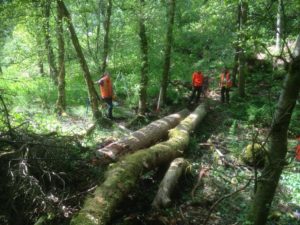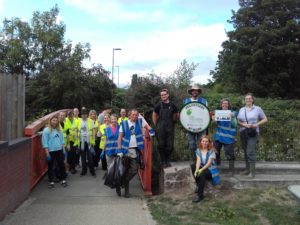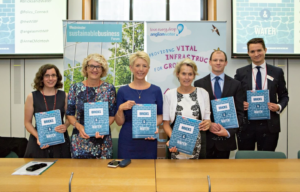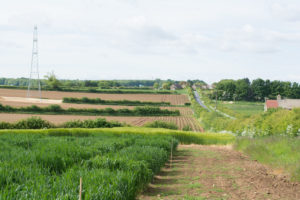
A rainfall-runoff model developed at the University of Leeds is the latest weapon in Calderdale’s efforts to prevent future flooding in the valley. SD-TOPMODEL is currently the only tool able to model the flow of water from hillslopes to the river at a sufficient spatial scale to allow Natural Flood Management (NFM) interventions and land management to be represented accurately for the characteristics of the Calderdale catchment.
An iCASP project using SD-TOPMODEL and starting in November 2018 will contribute to the Calderdale Flood Action Plan by helping to prioritise the siting of future NFM schemes.

 The UKCP18 Regional User Forum will use the release of the updated UK Climate Projections 18 as an opportunity to bring together different sectors of the regional economy to ensure that the latest knowledge is embedded in catchment management decisions. The afternoon event in Leeds on March 8th 2019 will be designed for organisations who need to use UK climate projections for resilience planning and long-term business strategies.
The UKCP18 Regional User Forum will use the release of the updated UK Climate Projections 18 as an opportunity to bring together different sectors of the regional economy to ensure that the latest knowledge is embedded in catchment management decisions. The afternoon event in Leeds on March 8th 2019 will be designed for organisations who need to use UK climate projections for resilience planning and long-term business strategies.
 A new report, Bricks and Water, which iCASP helped to inform, has been published by the
A new report, Bricks and Water, which iCASP helped to inform, has been published by the 

 Yorkshire is prone to all sources of inland flooding: from rivers, rising groundwater, flash floods and prolonged heavy rainfall which can cause surface water flooding. Arguably flooding from rivers is more straightforward to forecast because rises in water level can be measured and seen in advance. However, in the case of rainfall, it is harder to forecast precisely where heavy prolonged rain is going to fall and therefore if that rainfall will cause surface water flooding by landing somewhere with inadequate drainage.
Yorkshire is prone to all sources of inland flooding: from rivers, rising groundwater, flash floods and prolonged heavy rainfall which can cause surface water flooding. Arguably flooding from rivers is more straightforward to forecast because rises in water level can be measured and seen in advance. However, in the case of rainfall, it is harder to forecast precisely where heavy prolonged rain is going to fall and therefore if that rainfall will cause surface water flooding by landing somewhere with inadequate drainage.